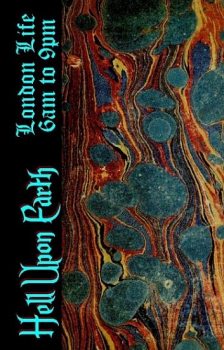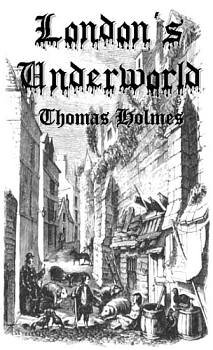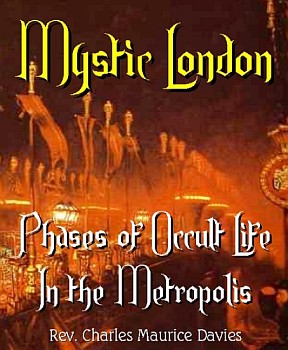London’s Underworld Unearthed
Saturday, May 28 2011 @ 12:07 AM CDT Views: 884

From 2006-08, Museum of London Archaeology (MOLA) undertook archaeological excavations on the site of the former St Giles Court, St Giles High Street, London, prior to the construction of the Central Saint Giles development designed by Lorenzo Piano. The area had been a notorious slum during the 18th-19th centuries – the St Giles Rookery – well known in contemporary art and literature for its gin houses and licentiousness.
Criminals, prostitutes and gin soaked alcoholics ‘roosted’ in what were known as ‘rookeries’, separated from the rest of society. St Giles parish was immortalised in Hogarth’s Gin Lane, as the site of London’s most notorious rookery. This small den of narrow streets and alleys were home to a relentless tide of immigrants, sex-workers, thieves and addicts, becoming the epitome of gin fuelled lawlessness and violence so threatening that even the police avoided it for over a century.
Artefacts from the site are now included in an exhibition by the artist Jane Palm-Gold at the Coningsby Gallery. London’s Underworld Unearthed: The secret life of the Rookery which blends original artworks, archaeology and research to bring the St Giles Rookery to life, and to draw parallels between the the 18th century rookery and the modern streets.
Archaeology on display
On display from Museum of London Archaeology will be examples of 18th and 19th-century artefacts which reflect life within the rookery. Pottery and glass artefacts show contemporary types of domestic vessels used in cooking, as ointment pots and sanitary wares, as well as a variety of everyday objects such as a baby’s glass feeding bottle, bone buttons, metal thimbles, a bone needle holder and glass beads. Clay tobacco pipes, glass wine bottles and a ceramic fuddling cup are witness to the small range of pleasures associated with life in the rookery, and the clay and glass marbles are reminders of the number of children living in these quarters.
The exhibition coincides with the publication of the Museum of London Archaeology report on the findings from the Central Saint Giles site: Medieval settlement to 18-/19th century Rookery. Excavations at Central Saint Giles, London Borough of Camden, 2006-08, which is available for £9.
The development of this London suburb from the medieval period to the early 20th century is well illustrated by the excavations. Houses were initially built along the High Street in the mid 16th century and by the 17th century St Giles was at the heart of London and a prosperous suburban expansion. However, by the late 18th century the reputation of St Giles and its housing had declined. The excavation site lay within the southern core of the area known as the ‘rookery’ – a notorious late 18th- and 19th-century slum but from the archaeological evidence it was an area of contrasting lifestyles, households and businesses.
The St Giles rookery, so named because its denizens were packed like roosting birds, is almost unknown today. Later it became the first Irish ghetto, becoming known as ‘The Holy Land’. An early London population of black immigrants, fondly known as ‘St Giles Blackbirds’, also flourished. Authorities were wary of the area, a breeding ground for criminality, while writers and artists were intrigued. After several visits under suitable protection, Charles Dickens used much of what he witnessed in his novels. Into the 20th century, however, the area’s notoriety was forgotten.
The Exhibition
The artist Jane Palm-Gold spent six years researching material and sourcing images to recreate the life-stories of its inhabitants. Illustrated display panels first establish the early history of St. Giles, showing its progress from medieval leper hospital to haven for outcasts. More intimate details follow, focusing on domestic life, illustrated by original artefacts recently unearthed. Images of gin cellars and the poverty that accompanied them lead to a display on crime and policing of the quarter, and the danger the area presented.
Throughout the exhibition, free-standing reproductions of beggars inhabit the floor space, sharing territory with today’s onlookers. On the walls, the product of the artist’s unremitting gaze on today’s underworld of St Giles provokes and unsettles even as we make our way through the evocative re-imagining of the past.
This innovative exhibition on show at the Coningsby Gallery from the 17th May 2011 blends original artworks, archaeology and the history of an infamous quarter at the heart of the West End.
http://www.pasthorizons.com

http://hiddenmysteries.com/xcart/product.php?productid=19293

http://hiddenmysteries.com/xcart/product.php?productid=17518

http://hiddenmysteries.com/xcart/product.php?productid=18991








What's Related